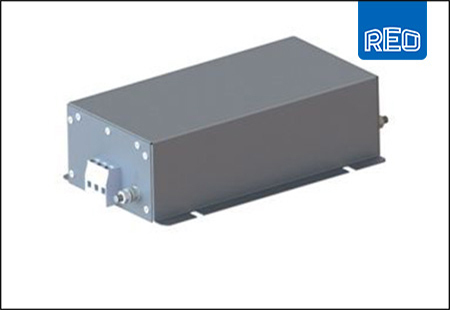EMC filters – The technology and their application explained
Selecting an EMC filter based upon typical test house protocols employing a conventional 50 ï— source and 50 ï— load impedance test does not guarantee the connected product will not cause (or suffer) problems in the field due to conducted emissions (or immunity).
According to REO UK Ltd, such tests only provide a rudimentary method of assessing the relative merits of one filter range against another. They do not provide an effective means of selecting a filter with the intention of ensuring compliance with EMC emission. The test data should reflect a supply/load impedance mismatch, which is more typical of everyday operating conditions.
Furthermore, a better performance does not necessarily depend on the use of higher quality components, multiple stages, and inherent, additional cost but it is more a question of careful design and manufacture.
With the electromagnetic (EM) spectrum becoming ever more densely populated due to the rapidly growing number of EM emitting devices (intentional and unintentional), that can both suffer from and generate EM noise, the selection of a correct filter for EMC (electromagnetic compatibility) has never been more important.
A new 22-page guide on EMC filters and their application have been just been published by REO. It is available free on request or can be downloaded from the company’s website. Topics covered include a definition of EMC, filters and their design, typical filter components, choke design, and issues affecting filter performance.












